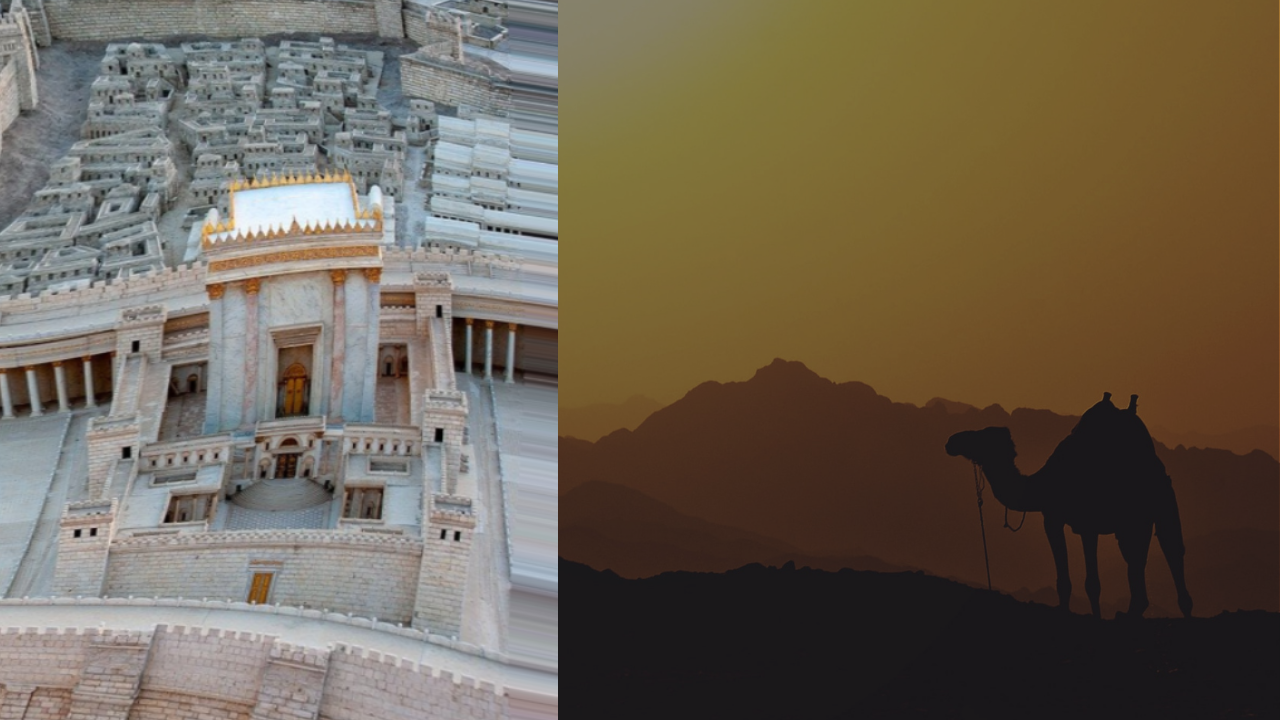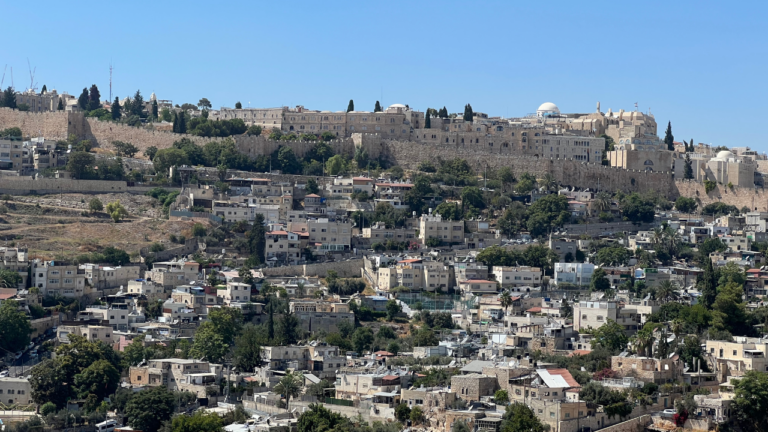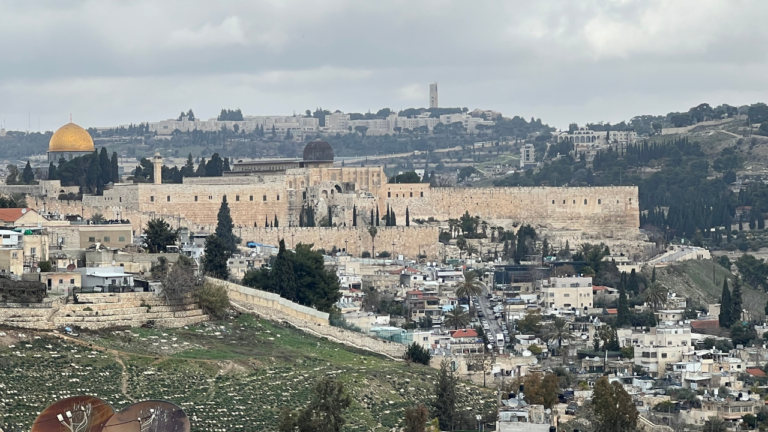What Begins In The Desert…Ends In Jerusalem
Parshat Yitro represents the beginning of God’s true covenant with the Jewish people. While He made promises to the forefathers and took the Jewish people out of Mitzrayim, the true relationship between God and the people themselves is cemented at Sinai when He gave them the Torah and they accepted to live by its tenets. In the introduction and aftermath of this great event, God set many processes into motion which would only be fulfilled after centuries and millennium of the Jewish people observing the Torah. Interestingly, at least two of these processes can only reach their fruition in Yerushalayim.
One goal relates to the universal relevance of the Torah. In His introduction to the Giving of the Torah, God tells the Jewish people:
Now then, if you will obey Me faithfully and keep My covenant, you shall be My treasured possession among all the peoples. Indeed, all the earth is Mine.
Why does God mention that the entire world is His immediately after describing the chosenness of the Jewish people? The Seforno explains:
And through this you will be a treasure amongst all the nations: that you will become a kingdom of priests to teach the entire human race to call out in the name of God.
In other words, the Giving of the Torah at Sinai created an ambassadorship. We are God’s ambassadors to spread His message to the entire world.
When or where will this goal be fully realized? Yeshayahu foretells that this will actualized in Yerushalayim in the end of days:
In the days to come, The Mount of God’s House Shall stand firm above the mountains… And all the nations Shall gaze on it with joy. And the many peoples shall go and say: “Come, Let us go up to the Mount of the God… That He may instruct us in His ways, And that we may walk in His paths.” For instruction shall come forth from Zion, The word of God from Yerushalayim.
What began at Sinai, ends in Yerushalayim.
There is a similar process regarding the development and adjudication of the laws of the Torah. At least according to one approach, after the Torah is given the people line up from morning until evening to ask Moshe their halachik questions. Yitro, though, advises Moshe to create a whole court system in which the easier questions would be dealt with by lower courts while the tougher questions will reach Moshe himself. This is the beginning of the Jewish court system, with Moshe’s role later being taken by the Sanhedrin, the High Court. Throughout Jewish history, it is this High Court which is “the pillar of teaching” of the Oral Torah.
It is no coincidence that this High Court must be in Yerushalayim. When it was forced into exile, the court lost some of its authority. As Ramban explains, it is only in Yerushalayim that the High Court will merit the divine inspiration and providence to properly shepherd the Torah.
Thus, we see that the events of our parsha should not be viewed in a vacuum or as a one-time event. Rather, the Giving of the Torah set processes into motion which would finally be actualized in Yerushalayim, the eternal home of God.



